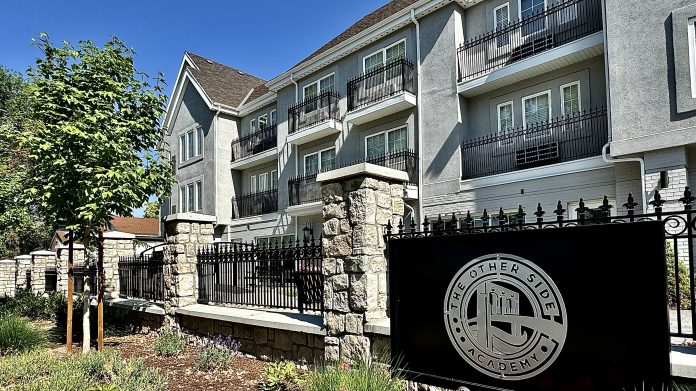
SALT LAKE CITY, Utah, Nov. 4, 2024 (Gephardt Daily/Bill’s Marketplace) — The Other Side Academy in Salt Lake City has a hard-to-rival success rate at getting convicted criminals on the path to crime-free, drug-free living, with steady employment and productive lives in mainstream society.
It’s also a champion of SLC’s homeless community.
The pillars for these successes include opportunities provided by the nonprofit’s businesses and other philanthropic ventures, including the 5-star rated The Other Side Moving and Storage, The Other Side Thrift Boutique, The Other Side Donut Shop, and the soon-to-be-launched The Other Side Village, a permanent housing community dedicated to helping Salt Lake City’s homeless transition from life in the streets and shelters to residences they can call their own.
“Seventy percent of our graduates remain drug free, 88 percent remain crime free, and 100 percent are employed when they finish the program,” said Clay Josewski, a devoted member of The Other Side Academy’s staff.
That’s a monumental shift in an enrollee population that arrives with an average of 26 previous arrests and a previous homelessness rate of 90%.
“It’s a pretty wild dynamic,” said Josewski, with pride in his voice.
In the offenders’ program, students get a judge’s permission to take the 2.5 year program in lieu of serving prison time. The program also interviews former offenders without an impending court-imposed deadline.
Josewski said that since it began in 2015, The Other Side Academy has helped its students transform their lives and become productive members of society rather than serve a total of 1,100 years in likely prison sentences.
Had he not joined the program as a student, at least two decades of that time would have been served by Josewski.
“I didn’t want to go to prison,” he said. “I wanted to buck the system. My life before here just really, really sucked. And The Other Side ended up just saving my life in the process.”
The Academy uses a therapeutic community model in which students work at commercial enterprises run by the organization, with profits paying for their room and board.
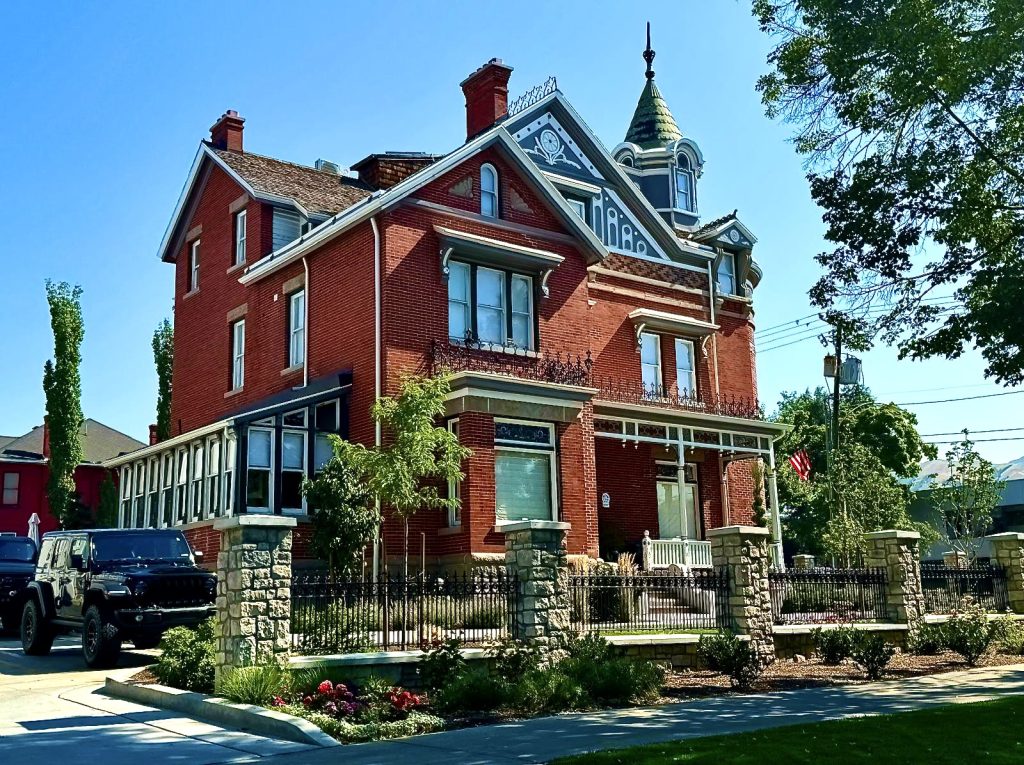
About 130 students work and live together and attend twice-weekly sessions in which they are held accountable for negative or unprofessional behaviors that are holding them back. Examples might include laziness on the job, harassing other students, or even trying to slip a note to an attractive customer while working — fully supervised, of course — at the Academy’s enterprises, which include a construction company, a moving company, and two thrift stores.
Students also attend other activities, including classes to teach them the basics of finances and other life skills they may not have picked up earlier in their lives.
Josewski talked about his own introduction to the program, about six years prior. He hated it.
“I didn’t want to do what they asked me to do,” he said, laughing. “It’s not Burger King, and you can’t have it your way. You’ve got to get on board. I kept losing my free time, and I hated it.”
He decided that even if he did not see the program’s value, he would just stick it out.
“I got to a point where I was like, ‘You know what, I’m just gonna surrender and do what they asked me to do and see what happens.’ And at that time, I was about a year into the two-year program.
“And I remember at the end of my two years, I knew I needed to stay longer. I knew in my belly that I wasn’t ready to leave, and that’s the cool part, too, about The Other Side Academy, that students can stay as long as they need to. It’s not determined by when the funding runs out. It’s when they feel like they’re ready to go out there and conquer life. And I knew that I needed to stay longer.”
Most students stay two years, then have a six-month period during which they are paid for their work and can save money to help establish their independent life. There’s also a program offering low-cost housing and use of a car for a year or more after “graduation.”
But Josewski decided to stay in the full program for a third year, to learn more about self-discipline and positive, productive behaviors, he said.
“And what happened in that third year was I got more out of my third year than I did the first two, and I almost got addicted to change. I got addicted to helping other people, that almost became the new ‘drug’ for me. Helping other people was like the new drug.
“And I got addicted to helping myself and realizing that I’m worth so much more, and so I stayed a fourth year. You know, I had no intentions of staying here and helping other people and being a staff member. But in my fourth year, they tapped me on the shoulder, and they asked me if I’d like to stay here and pursue a career in helping people.”
Josewski said he thought about it and ended up saying yes.
“It was the best decision I’ve ever made. I always thought success before here was money and cars and clothes and all of that. Do you know what success really is? Who you have that sits at your table. And how you feel inside, and what you can take with you after this life. I have great friends, and I have people that hold me accountable. I have a fiancee today, and I have two cats that I absolutely love.”
Josewski said he had tried rehab programs aimed at inmates in the past. They lasted 30, 60 or 90 days.
“In the past, they were doctors and people in lab coats trying to tell me about myself,” he said. “They really haven’t walked a mile in our shoes.”
Almost all staffers at The Other Side are former students, Josewski said.
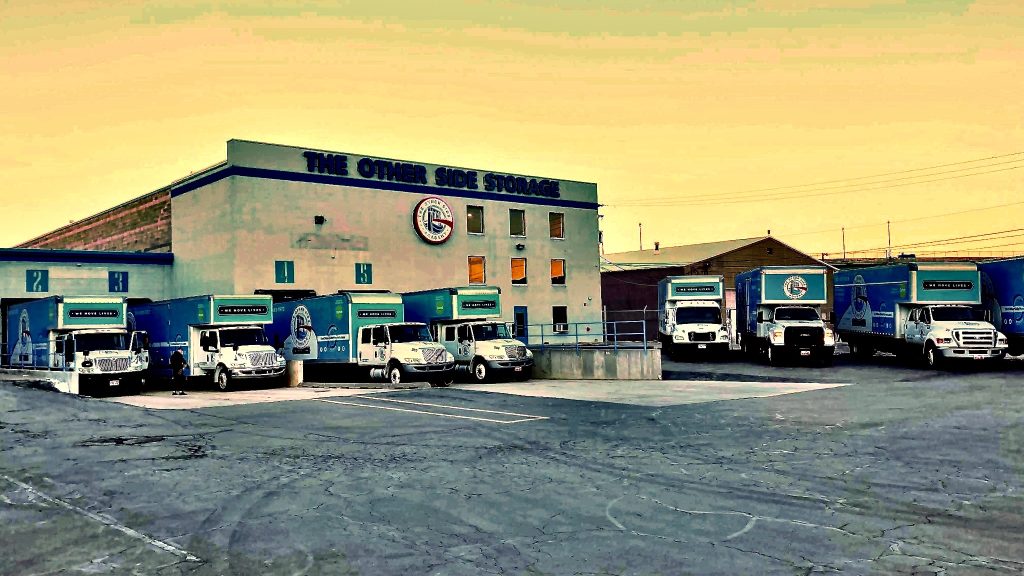
Academy graduate turned manager Diego Cortez works with students assigned to the moving and storage enterprise.
“There’s nothing better than the impact you can have in somebody else’s life,” Cortez said. “There’s no greater high, if you will, than seeing somebody who’s broken, has zero self-esteem in himself, and coaching that person to the 2.0 version of himself and seeing light in his eyes. You see him begin to have a bright smile and shoulders up high, head up high. There’s no other feeling like that. So I decided to stay for that reason. I want to continue to make a good impact on people and a positive impact on the world. There’s no other greater feeling than that.”
Student turned manager John Libutti, who works with people assigned to one of the thrift shops, said he is living a better life than he ever imagined he could after multiple jail and prison terms.
“I was just so tired of the life that I was living, so when I got here, I really wanted something different,” he said. “But that old lifestyle was still comfortable. So it was really hard to kind of dig into what we were doing and I couldn’t really see the end picture at first.”
He caught his first vision of what might be possible about nine months in, he said, “and I started to feel, I like to call it magic, where I just was like, ‘OK, I can do this, I can kind of dig into this.’ It was probably around a year when I was like, ‘You know what, I like this.'”
Libutti said he began to feel more clear-headed, and “I started to care about others, not just myself. I started to feel good when I was honest, and when I held myself accountable.”
One of the biggest thrills is seeing graduates working in the community as respected employees with happy lives, he said.
“That’s one of my favorite parts of my life these days.”
Libutti is also proud that the people who donate and shop at the thrift stores understand the value of the programs and respect everyone’s hard work.
Convicts not considered for acceptance in The Other Side Academy include arsonists, sex offenders, and those with neurological conditions, including bipolarism and schizophrenia.
Preston Cochrane is CEO of The Other Side Village, a tiny-home, subsidized community expected to open later this year and provide homes and continued support to homeless program graduates. Currently, the group is housed in an apartment building, which is separate from the students in the former inmate program.
Cochrane’s professional background is in the housing industry, and he and other team members have studied communities around the world that help formerly homeless people get the life skills and support they need to live successful lives.
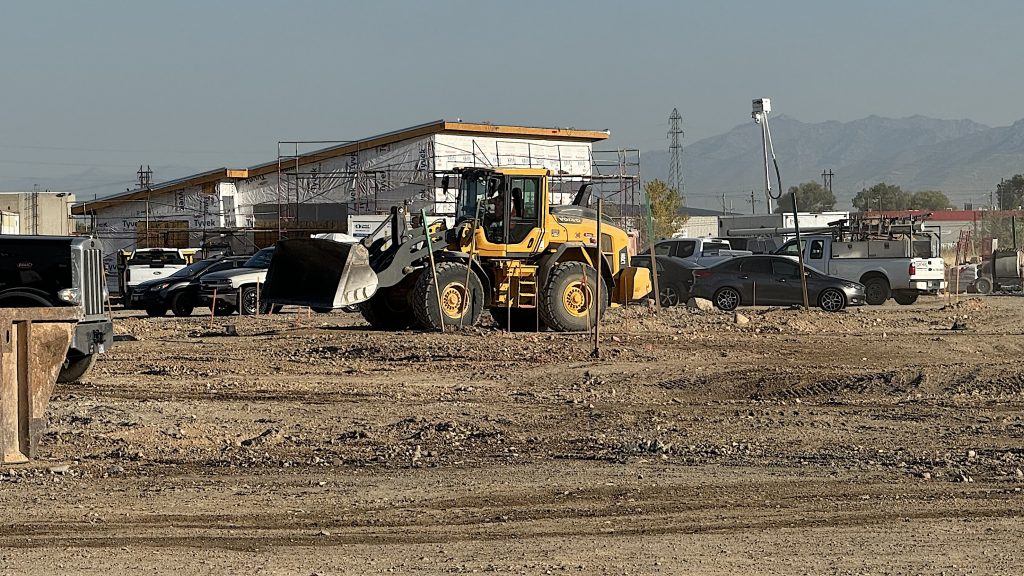
“It’s very innovative,” he said of the tiny-home community under construction. “We visited lots of different places that have pieces of what we were looking for, and then we incorporate different things along the way, but customize and personalize it, taking those best practices and things that we’ve learned in other environments, and emphasizing accountability. We emphasize self-reliance, and a lot of that goes in that first six-month immersion, which they have at the preparatory school before they’re able to secure any sort of permanent residency in the village.
“They’re linked to an experienced coach, someone who has lived the experience. They’ve been homeless, they’ve overcome lots of different challenges.”
One thing The Other Side’s programs have in common is that they focus on a better future rather than dwell on the difficulties and failures of years gone by, Clay Josewski said.
“When you get to The Other Side Academy, we don’t talk about drugs,” he said. “We don’t talk about our pasts. We don’t talk about where we’ve been or what we did. That’s irrelevant.
“We like to think that the windshield is bigger than the rearview mirror for a reason. We want people to focus on their futures and not look behind them.”
To read more about The Other Side Academy on its website, click here.
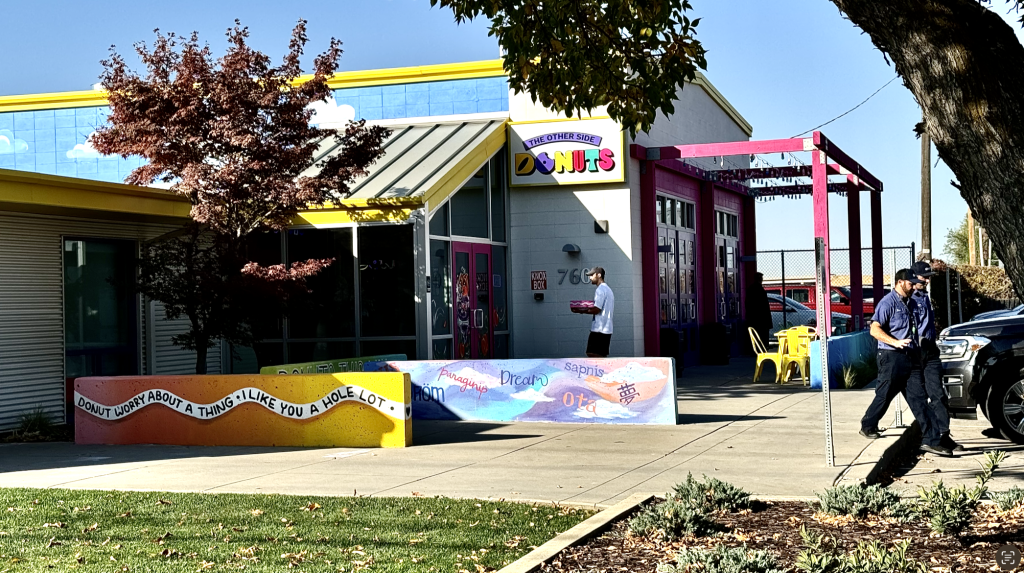
The Other Side Academy is a Gephardt Approved entity and a proud supporter of local journalism.



